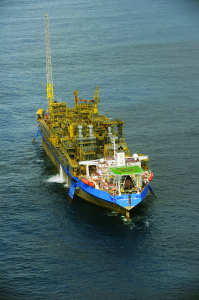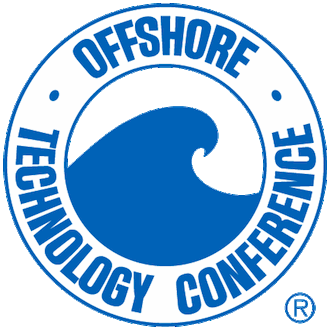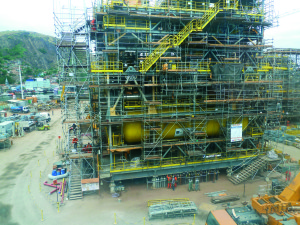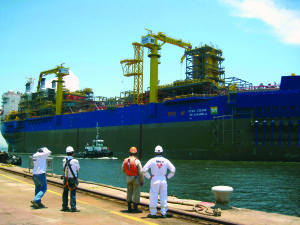SBM Offshore FPSO Ilhabela Integrated for Petrobras

By Ben Littler
SBM Offshore have now completed topside integration on their largest FPSO built to date, Cidade de Ilhabela, at the Brasa yard in Rio. When operational the FPSO will handle 150,000bpd of oil at Petrobras’ pre-salt Sapinhoá field. After a voyage spanning 10,625nm, the second of SBM Offshore’s Generation 3 FPSOs, the Cidade de Ilhabela, arrived in Brazil from China for topside and hull integration early this year. Ilhabela is the first FPSO the company has converted in China. For the conversion SBM selected the Chengxi shipyard in Guangzhou.
 FPSO Fabrication and Logistics Coordination
FPSO Fabrication and Logistics Coordination
Project Manager for the Ilhabela build, Martijn Kleijn, says the project is the most international undertaken by SBM to date, pointing out work fronts in China, Singapore and Brazil, whilst project management is being coordinated from the Netherlands.
The international nature of the project has required global logistics capability. The logistics contract for Ilhabela is being handled by Blue Water Shipping. Global Manager Thomas Bek attests to the importance of world-wide coverage in a project such as this. “It is vital to have a good knowledge of the import and export procedures in the various countries involved as well as a good coverage through our own local offices.” In catering for the project Blue Water Shipping have called upon their local offices in Singapore, Shanghai, Rotterdam and Amsterdam, as well as Rio de Janeiro.
The Only Way Is Up for Topside Modules
Ilhabela is the largest FPSO that SBM have built to date at 344.9m in length, 30.3m in height, with a beam of 58m, accommodation for up to 120 people and weight of 75,000t. She offers an increase of 25 percent in production capacity on the first Generation 3 vessel, Cidade de Paraty, which drew first oil in June 2013. Ilhabela will be able to manage an impressive 150,000bpd and compress 6 million m3 gas. She will also have storage capacity for up to 1.6million barrels.
Group Technology Director at SBM, Mike Wyllie, says, “The 23,000t of topsides to be carried on Ilhabella is by far the largest we’ve ever designed and constructed and it’s approaching the limits of what is practical on a converted tanker… We’ve run out of space to spread the topsides any more, so now we can only build upwards. On some modules we are now up to four operating levels…”
Integration took place at the Brasa yard in Niteroi-Rio and involved thirteen modules, out of a total of eighteen. Ten of the modules, with a combined weight of 12,500t, were constructed on-site. Integration was completed at the end of March. A further three modules were constructed at EBSE, also in Rio, with whom SBM work closely in the development of local content solutions.
Generation 3 is SBM’s solution for Petrobras’ pre-salt oil extraction 300km offshore Brazil in the Santos Basin. The oil is located around 3,000m beneath the sea-bed, itself 2,000 – 3,000m beneath the surface of the Atlantic. Petrobras estimate that Sapinhoá field, where Ilhabela will operate, may hold 2 billion barrels of oil.
Cloning Ilhabela
Petrobras has ordered a further two FPSOs from SBM – Cidade de Maricá and Cidade de Saquarema. As soon as Ilhabela is outfitted Brasa will commence construction of the modules for Maricá. To improve efficiency SBM have decided to use a well-trodden path, as Bernard van Leggelo, Acting Managing Director of SBM Schiedam explains: “We are going for a schedule of 31-33 months for Maricá and Saquarema, which is an extraordinary achievement made possible thanks to the carbon copy [of] Cidade de Ilhabela.” In order to speed up the process Ilhabela is being cloned in detail. Maricá and Saquarema are due to be delivered at the end of 2015 and 2016 respectively.
Generation 3 includes first-time dehydration of gas with molecular sieves. The gas at the various project locations the Brazil project covers ranges between 10 and 50 percent CO2. Once separated the CO2 has to be disposed of by reinjection. This required compressors that are able to pump a CO2 rich gas at pressures up to 550 bar.
Mr Wyllie says, “We’re happy to keep pushing the limits of what you can do with tanker conversions because that’s what we do best and it’s where our core technology is.”









